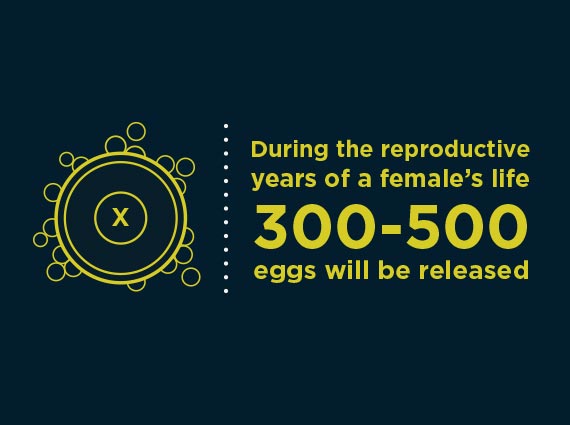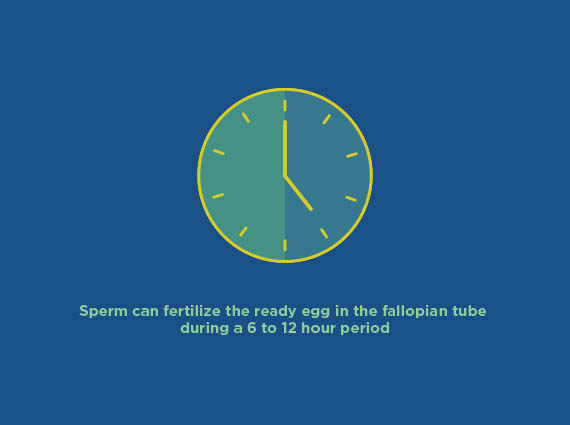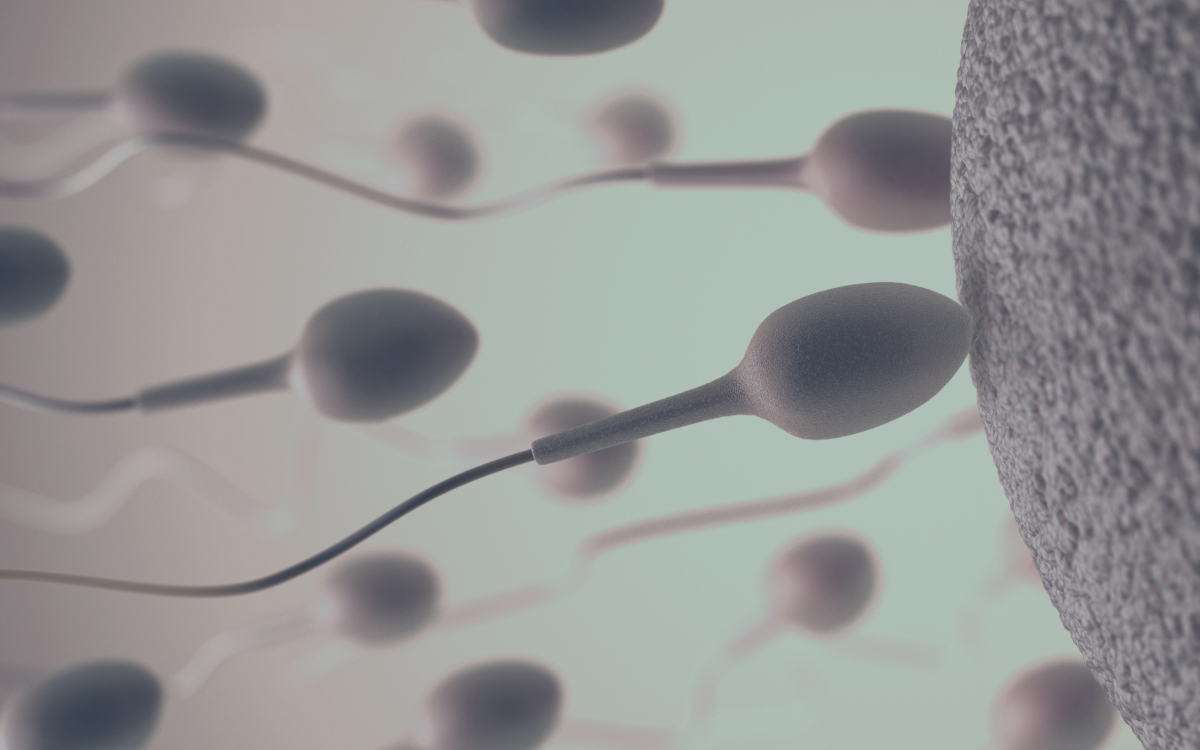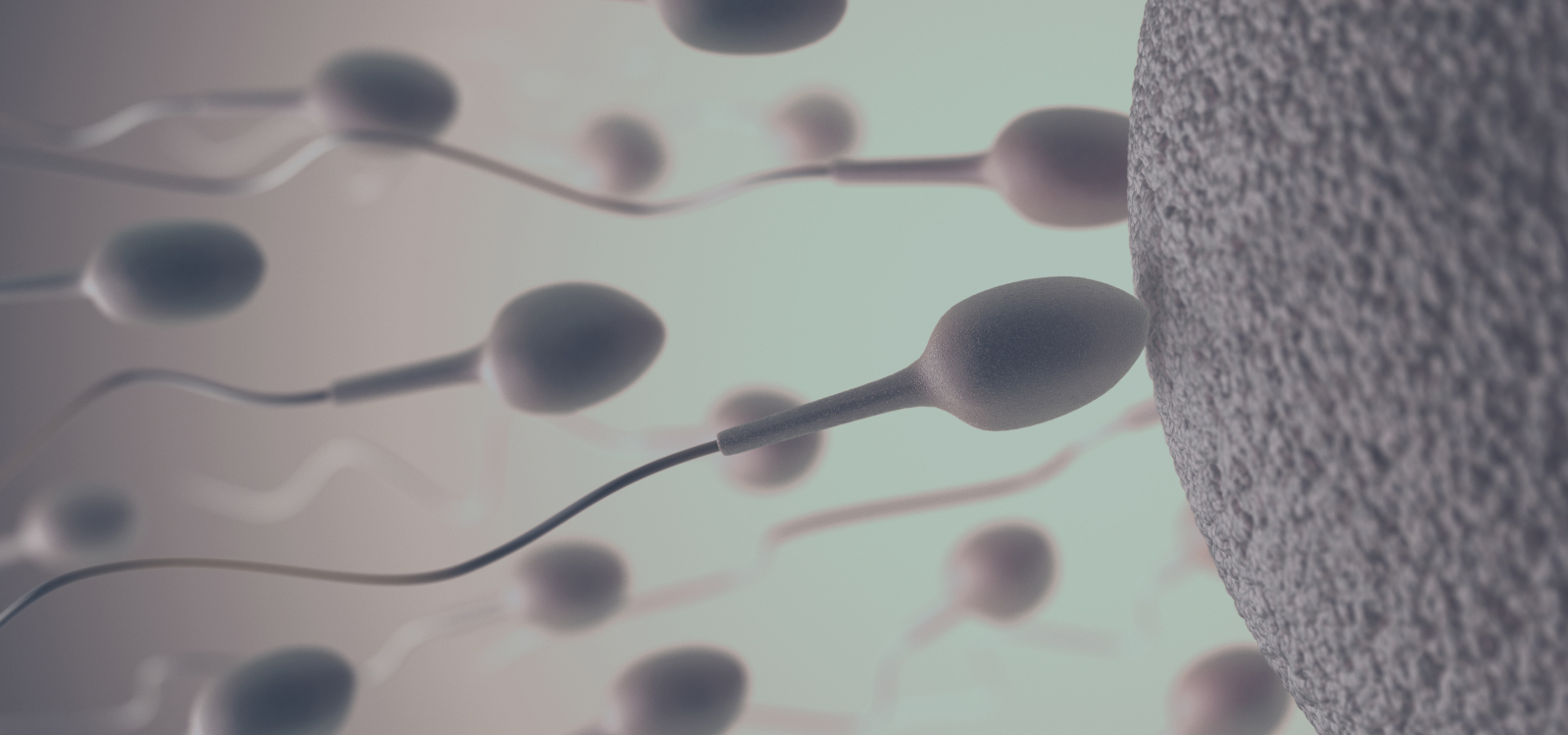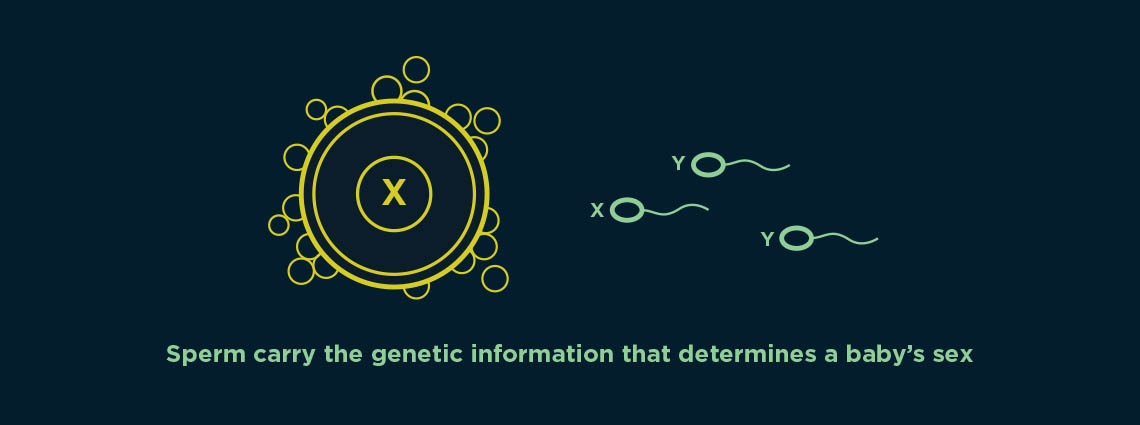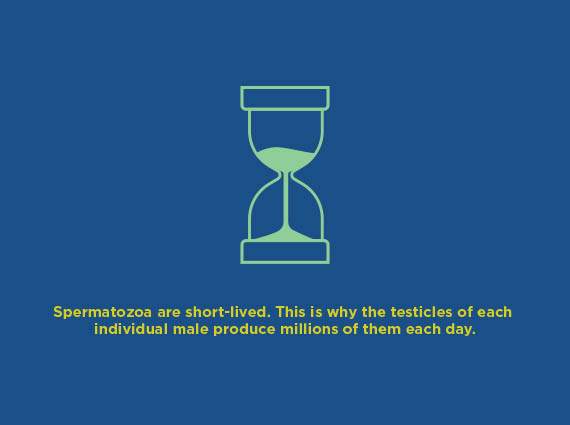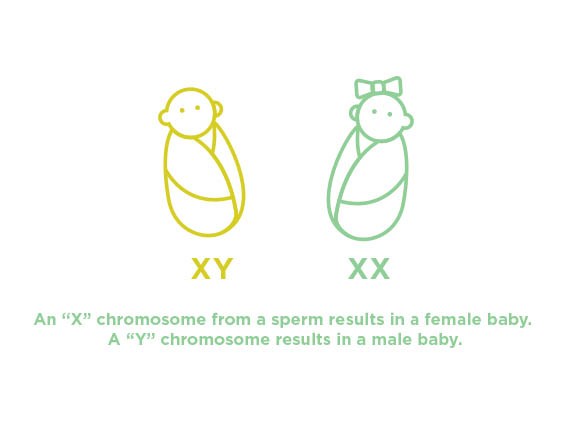The Role of the Female
- At birth, the female body is equipped with a reserve of 300,000-400,000 egg cells, which are located in the ovaries. Of this large amount, only 300-500 will ever be released, during the reproductive years of a female’s life.
- The menstrual cycle is how the female body prepares for a possible pregnancy. This cycle happens every month due to the amazing teamwork between the body’s hormones and organs and results in the release of one egg each month. Read more about the menstrual cycle.
- It takes approximately two weeks to mature a single egg in the ovaries. Many eggs will start the process of maturing, but only one will be successful, and ultimately be released to start its journey from the ovary through the fallopian tube to the uterus. The journey takes about seven days. Of course there are exceptions such as the production of more than one egg, which might lead to a pregnancy of two or more babies.
- Sperm can fertilize the ready egg in the fallopian tube during a 6 to 12 hour period. Fertilization happens when a sperm enters the egg. Two cells divide and become four, the four cells divide and become eight, and so on.
- By the time the cluster of dividing cells reaches the uterus and settles down into its lining, it has become an “embryo”. This settling down is called “implantation”. It takes about seven days from fertilization to implantation. The early embryo will be supported by hormones from the ovaries, as well as from the developing pregnancy.
- The rise of estrogen and progesterone in the blood stream of the woman, along with the pregnancy hormone HCG from cells surrounding the embryo, signals a pregnancy. A pregnancy test will be positive before the woman has even noticed that she has missed her period.
